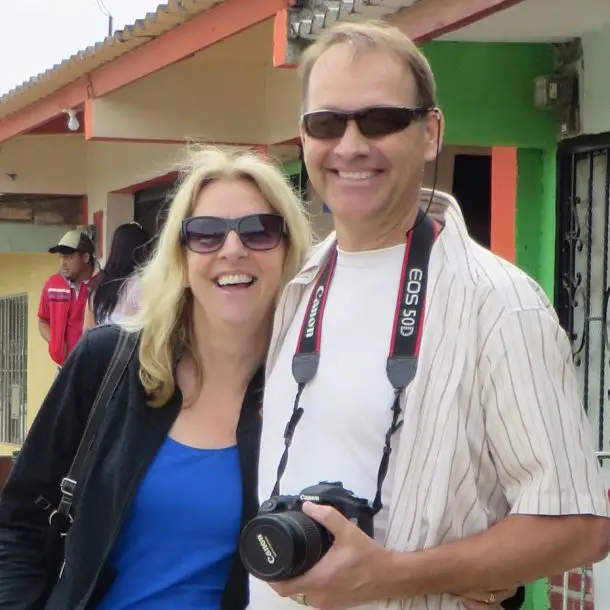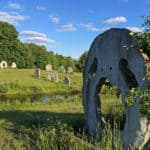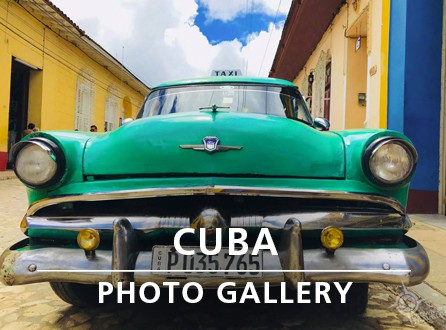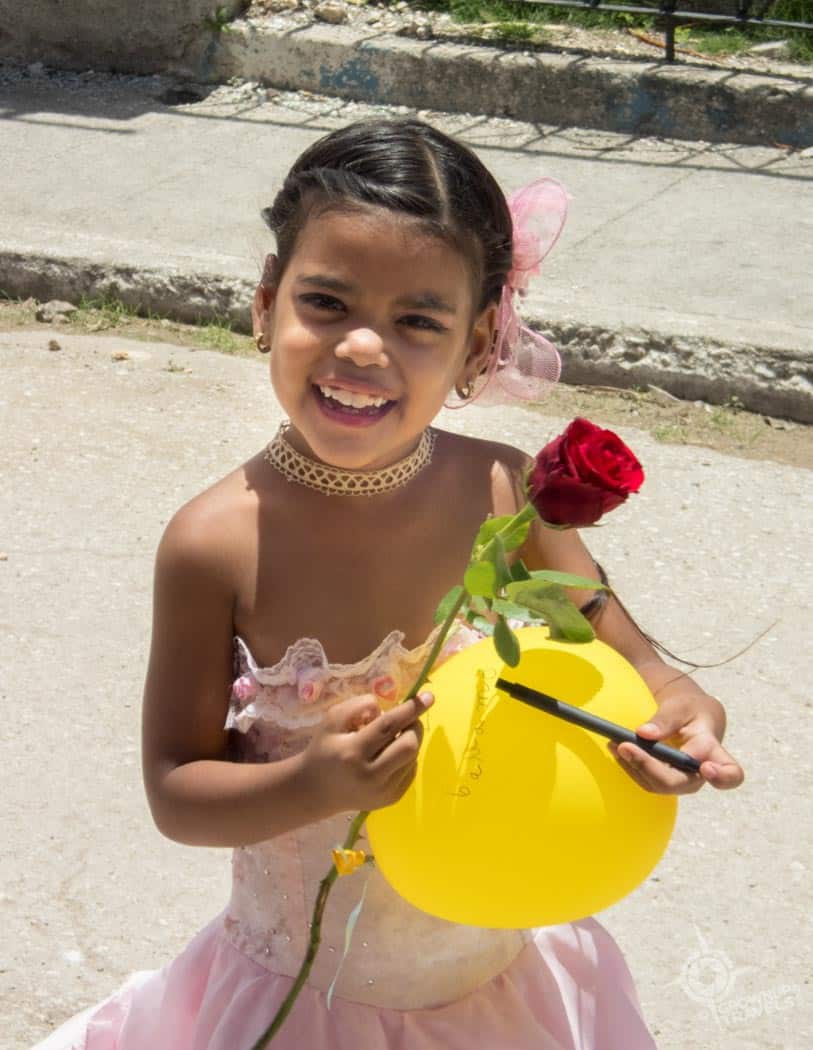 Beautiful white sand beaches, yes, but there’s so much more to discover in Cuba.
Beautiful white sand beaches, yes, but there’s so much more to discover in Cuba.
The images most people associate with Cuba have become stereotypical fodder more suited for t-shirts than travel guides: brightly coloured 1950s American cars, Che Guevara’s portrait-cum-logo, cigar-smoking leaders in olive drab fatigues, and “Hasta la victoria siempre!” revolutionary slogans.
All of these are legitimate parts of Cuban culture, but they are by no means the complete picture. And while all-inclusive beach resorts may be what have lured many people here for years, it’s time to venture off those resorts to see more of Cuba’s true nature.
Unique Flora and Fauna
Nature is one of the aspects that makes Cuba unique in the Caribbean, and even the world. It is one of the most biologically diverse island ecosystems on the planet, with many species of plants and animals only found here. There are 6 UNESCO-approved nature reserves on the island, including mountainous regions in the interior (that are ideal for hiking and soft adventure), cloud forests, tropical forests, caves and of course coral reefs off the country’s 5,700+ kilometres of coastline.
Colonial Gems
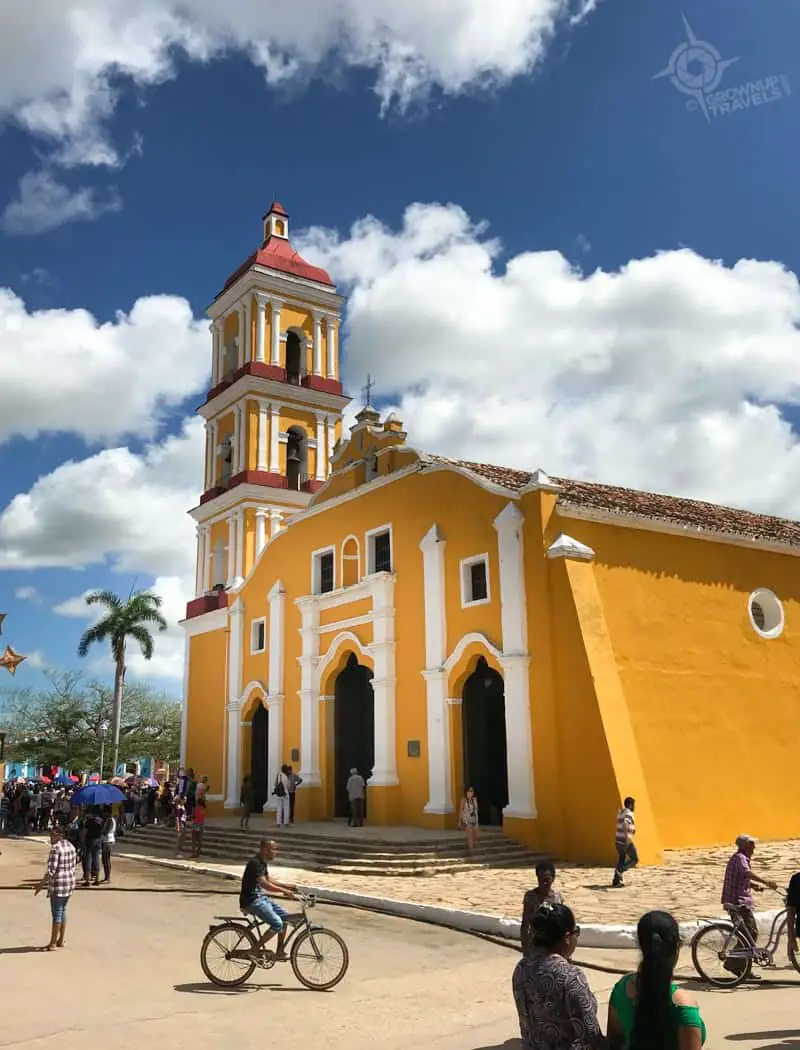
San Juan de Bautista church in Remedios
The island is also home to must-see cities like Havana, and other beautiful colonial towns like Trinidad, Camagüey, Santiago de Cuba, Sancti Spiritus and Cienfuegos, many of which are UNESCO sites. In recent years, other towns of historical importance are seeing significant investment by the government to help restore them to their past glory and entice travellers to visit. Each of these places reflects a blend of European and Caribbean influences in the art, architecture, and food that you can find here, and walking the streets of these lesser-known towns reveals a much more authentic picture of how Cuban people really live.
Plus, with recent easing of internal economic restrictions, Cuba is beginning to see more entrepreneurial activity, new locally-run restaurants opening up, and even AirBnB listings in private homes, all of which offer a very different experience for visitors than just lounging on a beach chair between buffets.
Song and Dance
And then there is the music – arguably one of Cuba’s greatest national treasures. It is everywhere, with more genres, rhythms and expressions than any other Latin American country. Young and old, men and women, it seems everyone here doesn’t just know how to dance, they love to dance, and once you hear the music, you’ll understand why. (Cuba’s music actually makes the UNESCO list of intangible heritage factors here, so you know it’s something woven into the very fabric of this country!)
Cuba may still be a diamond in the rough in many ways when compared to other destinations around the world, but there is plenty of sparkle here beyond just the sunshine and turquoise waters.
READ MORE ARTICLES ON CUBA BELOW:
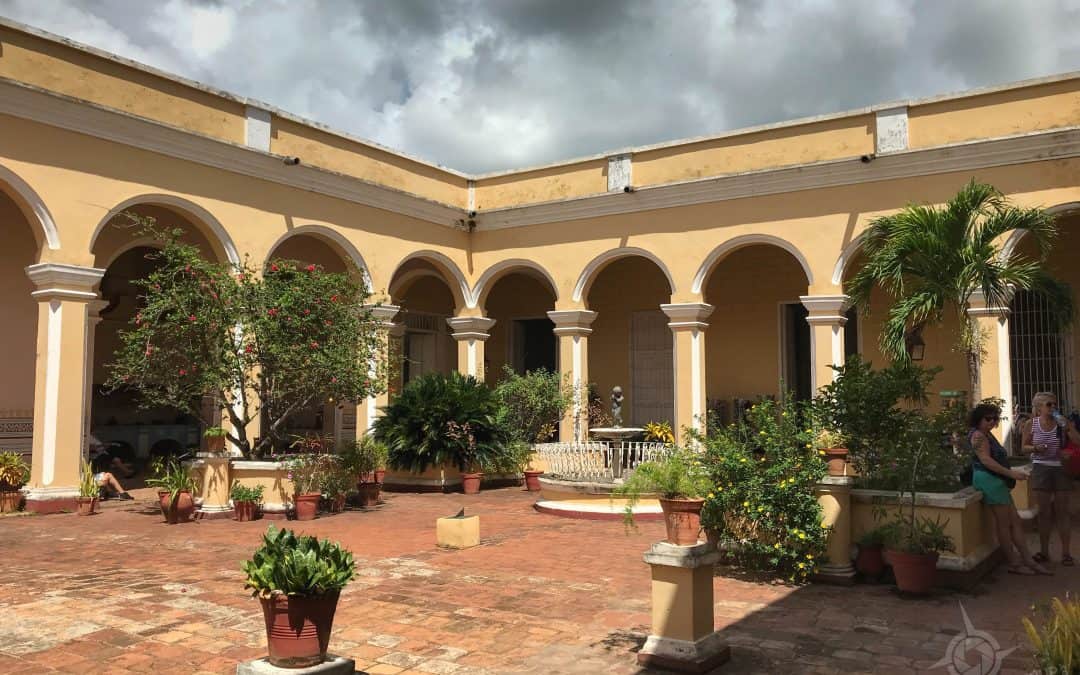
Trinidad, Cuba: Culture and More in this ‘Museum City’
Even for people who have been to Cuba many times, it’s difficult to describe Cuban culture in a nutshell. Not just because of its complicated political history, but also because of the influences that have shaped it…
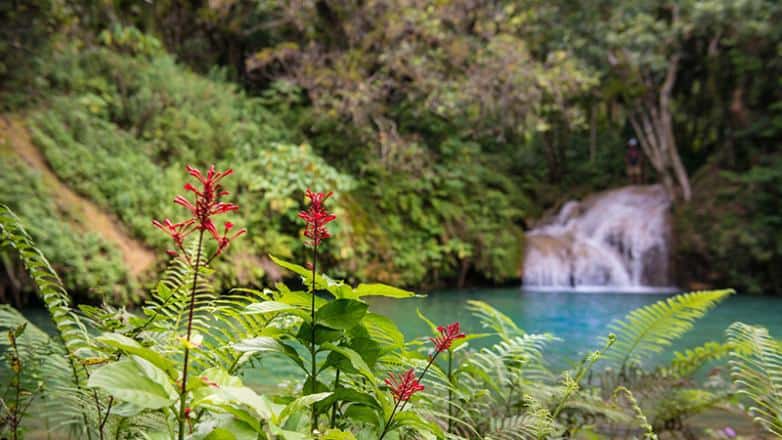
Get Close to Nature in Cuba’s Escambray Mountains
Every year more than 1,400,000 Canadians head south to Cuba, primarily to take advantage of its gorgeous beaches and tropical temperatures. But while many of these visitors have been to different parts of the coast, most of them have never explored the island’s interior…
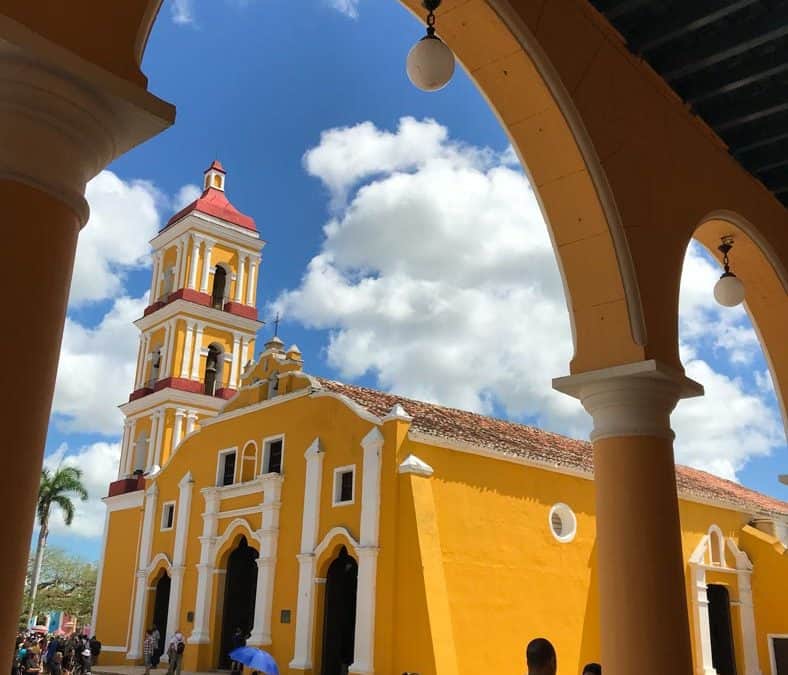
Cuba Beyond the Beaches: Historic Towns of Remedios and Sagua la Grande
White sands, mangroves, tropical breezes and a never-ending supply of rum-based cocktails. If this is the image that comes to mind when you think of the keys just off Cuba’s northern coast, it’s a pretty good one, and one that tens of thousands of Canadian visitors experience every year. But the….

